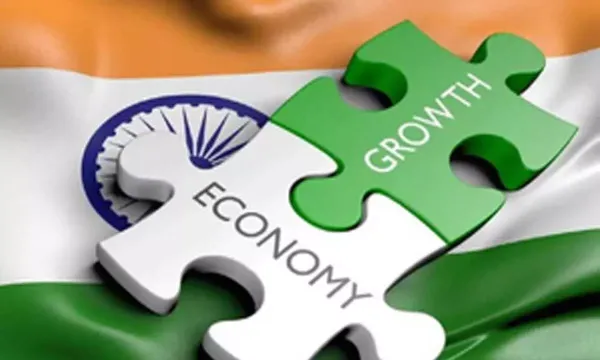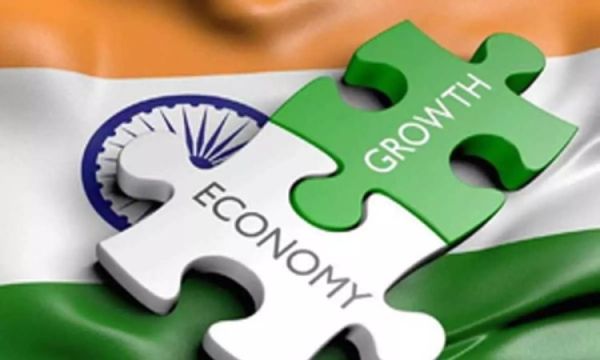
Among the developed and rising G-20 nations, India’s economy will continue to expand at the quickest rate, and the size of its domestic market reduces its susceptibility to any shocks from US tariff policies.

According to the research, India’s comparatively low foreign debt to GDP ratio of 19% and low export reliance on the US market at 2% of GDP make it a low external vulnerability indication.
Moody’s said in its emerging markets report that India’s GDP growth, which is expected to be 6.5% in 2025–2026, would continue to be the highest among advanced and developing G-20 nations due to tax cuts and the Reserve Bank’s ongoing monetary policy easing as inflation has decreased.
According to the research, India’s inflation rate is expected to drop from 4.9% in the previous fiscal year to an average of 4.5% in the current one. This is anticipated to open the door for a soft money strategy that would promote economic development by lowering interest rates and increasing liquidity in the economy.
“Compared to their smaller counterparts, large, diverse, and domestically oriented emerging market economies like Brazil and India are better able to draw in capital and survive any cross-border outflows. According to Moody’s, these two economies both have robust domestic capital markets and minimal measures of external risk.
In contrast, Moody’s highlighted that countries with a high proportion of debt denominated in foreign currencies, like Argentina and Colombia, are more vulnerable to changes in investor sentiment and currency volatility, as are smaller and more open economies.
Additionally, the analysis predicts that although emerging market growth will continue strong overall in 2025–2026, there will be significant regional variances. Asia-Pacific will continue to have the fastest growth, but because of its extensive involvement in international commerce, the area is particularly vulnerable to US tariffs, which might impede development, the research also said.